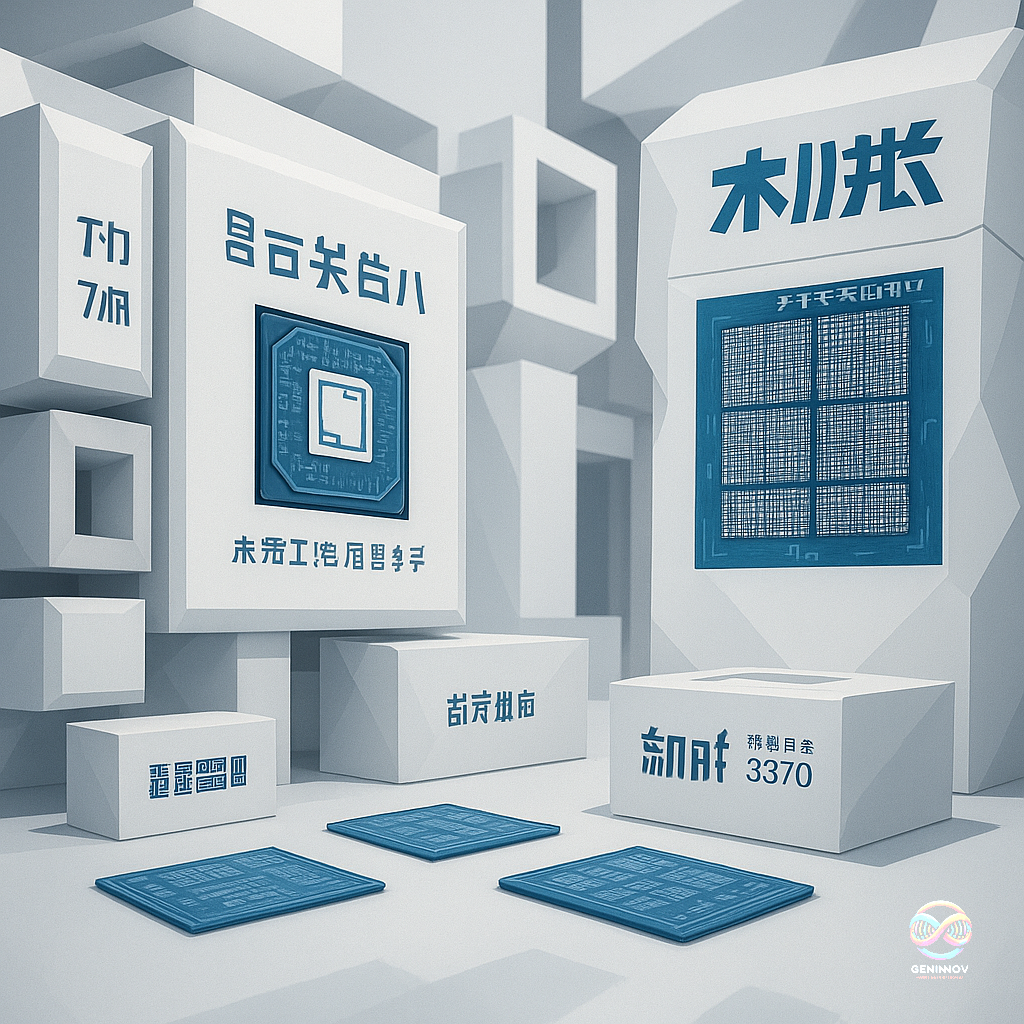This article on care Robot Hyodol (https://bit.ly/3V8M9L3) proves three important points this analyst has been making for the last few months.
1. A technological revolution is about its applications and not its creators (https://bit.ly/49P722h). The internet's significance was not merely in its infrastructure but in the ecosystems and innovations it enabled. Years before searches, social media, or smartphones appeared, the Internet era was seen through the scopes of fibers, routers, emails, and browsers in financial markets. GenAI promises a similar trajectory. Among its many new products and disruptions, one of the biggest is going to be in Robotics
2. The advancement of robotics was once hindered by the restrictive nature of rule-based programming (https://bit.ly/49L5mXF). However, the emergence of large language models (LLMs) has ushered in a transformative era by enabling the processing and learning of visual data. This paradigm shift to observation-based learning, crucial for mimicking human skill acquisition, requires managing vastly more data—vision captures millions of times more data than text (https://bit.ly/3uYvJub), demanding significantly more bandwidth and processing power. Before LLMs, this level of data processing was unattainable. Now, it's not only possible but is paving the way for sophisticated robotic systems that can learn and adapt in ways previously unimaginable, promising to integrate robots into daily life to solve complex challenges.
3. Innovation in the GenAI era is a global growth investment theme. Revolutionary products and services will be developed at different speeds in different countries because of different markets' diverse political, social, economic, cultural, and regulatory needs (https://bit.ly/42fgER7). Care Robotdolls described in the article here might be met with disdain in some societies or opposed through hospital worker strikes in others. Still, they could develop rapidly into much bigger new product segments in demographically challenged North Asia. Similar arguments could be made about other innovation areas like India's drug discovery advantage or Europe's renewable innovations.
For the umpteenth time, we are staggered by the pace of change despite being seemingly prepared for it from the outset. GenAI’s spread will soon take forms, like here, where it will not be about GenAI at all.



